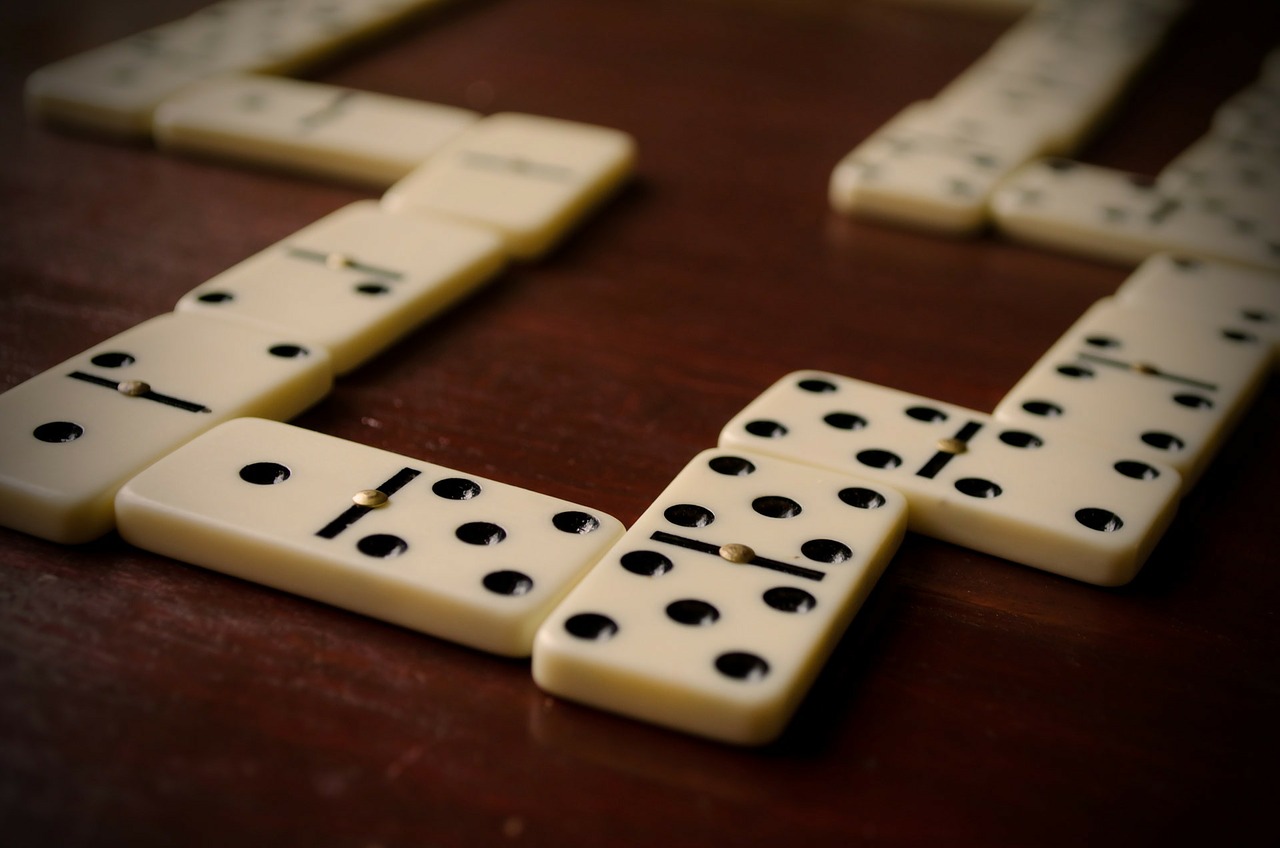History of Domino Game
วันที่ 25 ม.ค. 2560 17:52 น.

History of Domino Game

The oldest confirmed written mention of dominoes in China comes from the Former Events in Wulin
(i.e. the capital Hangzhou) written by the Yuan Dynasty (1271–1368) author Zhou Mi (1232–1298),
who listed pupai (gambling plaques or dominoes),
as well as dice as items sold by peddlers during the reign of Emperor Xiaozong of Song (r. 1162–1189).
Andrew Lo asserts that Zhou Mi meant dominoes when referring to pupai,
since the Ming author Lu Rong (1436–1494) explicitly defined pupai as dominoes
(in regards to a story of a suitor who won a maiden's hand by drawing out four winning pupai from a set).
The earliest known manual written about dominoes is the 《宣和牌譜》
(Manual of the Xuanhe Period) written by Qu You (1341–1437),
but some Chinese scholars believe this manual is a forgery from a later time.
In the Encyclopedia of a Myriad of Treasures, Zhang Pu (1602–1641)
described the game of laying out dominoes as pupai,
although the character for pu had changed,
yet retained the same pronunciation.
Traditional Chinese domino games include Tien Gow, Pai Gow, Che Deng, and others.
The 32-piece Chinese domino set,
made to represent each possible face of two thrown dice and thus have no blank faces,
differs from the 28-piece domino set found in the West during the mid 18th century.
Chinese dominoes with blank faces were known during the 17th century.
Many different domino sets have been used for centuries in
various parts of the world to play a variety of domino games.
Each domino originally represented one of the 21 results of throwing two six-sided dice (2d6).
One half of each domino is set with the pips from one die
and the other half contains the pips from the second die.
Chinese sets also introduce duplicates of some throws and divide the dominoes into two classes:
military and civil. Chinese dominoes are also longer than typical European dominoes.
The early 18th century had dominoes making their way to Europe,
making their first appearance in Italy.
The game changed somewhat in the translation from Chinese to the European culture.
European domino sets contain neither class distinctions nor the duplicates that went with them.
Instead, European sets contain seven additional dominoes,
with six of these representing the values that result from throwing a single die
with the other half of the tile left blank,
and the seventh domino representing the blank-blank (0–0) combination.
Ivory dominoes were routinely used in 19th-century rural England in
the settling of disputes over traditional grazing boundaries,
and were commonly referred to as "bonesticks".
